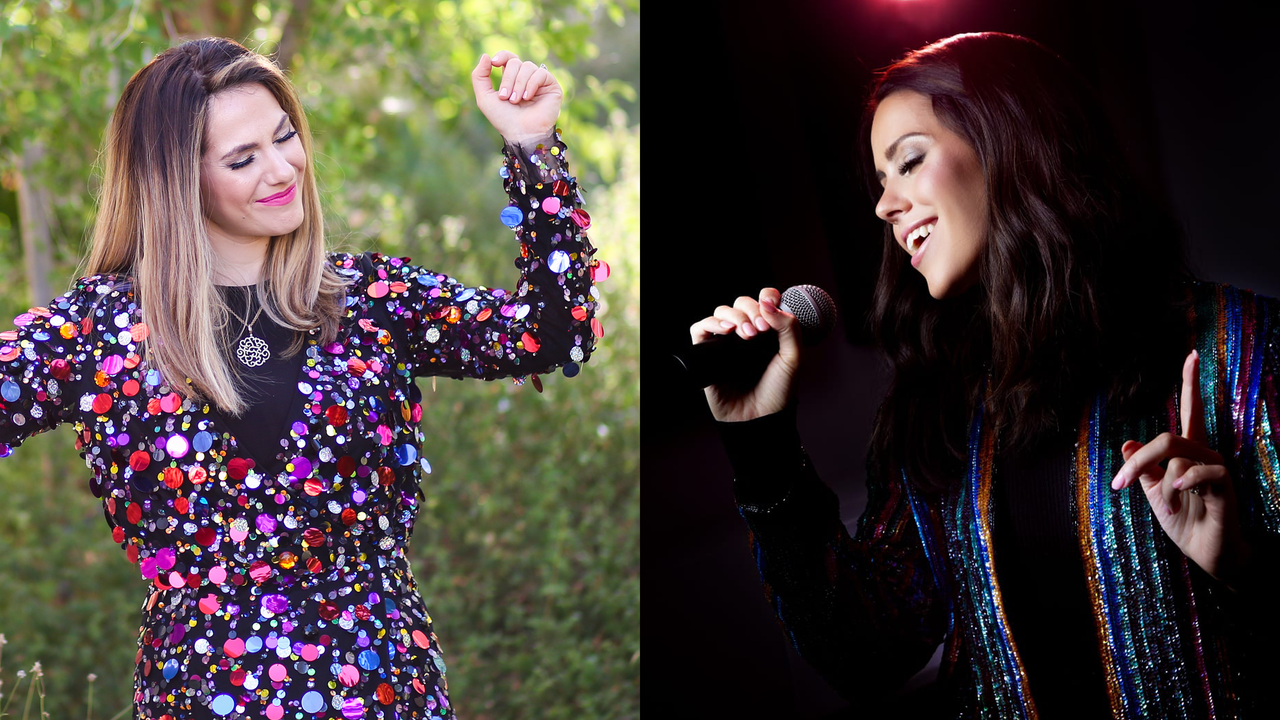Orthodox Jewish Women Can’t Sing In Front of Men. Instagram Is Giving Them a Voice

[ad_1]
Three years later Schwartz now has close to 20,000 followers on Instagram, a series of music videos, a packed calendar with concerts, and a vocal lessons practice, in which young girls in long pleated uniform skirts and button-down blouses practice singing Beyonce’s “Halo.”
Much of Schwartz’s motivation is what she sees as a responsibility to a future generation of religious women. “If you look at pop stars today—it is not about the music,” she says. “It’s all about sex. But I have a different mission—to empower young girls and women. Can we give them something fun, pop, where they don’t have to go and watch and listen to the other music out there?”
Orthodox Judaism has always sent mixed messages to girls and young women interested in the performing arts.
As early as pre–World War II, theater was encouraged in Polish Jewish girls’ schools as a form of fostering self-esteem and creativity in young women, but it had to be done in strictly female spaces. This practice continued through the 20th century, when in some ways Orthodoxy became even more stringent: Beyond the school years, a talented (and trained) female voice was rarely heard. For nearly a century, then, these women have been faced with an agonizing dilemma: What do you do when you are born with a gift—but you are religiously forbidden from using it fully?
I first encountered this question when I met my sister-in-law, Franciska Kosman, who’s been singing and producing music since she was a young girl.
Kosman grew up in a rabbinic family in Moscow, where she was surrounded by a vibrant cultural scene. “Music was my second language,” she says from her home in Philadelphia. “But I always knew I had a cutoff when I would turn 12. As soon as I would be bat mitzvah and considered a woman, I would not be allowed to perform in front of men anymore.”
In the last decades, many young religious women were told that voice was a hopeless pursuit at worst, a secret hobby at best. “People didn’t look at it for women as having a career,” Schwartz says. “They always told us, ‘You only have half an audience.’”
But with Instagram, young religious women could begin taking initiative and performing and publicizing their own music online.
According to Jessica Roda, an assistant professor at Georgetown University who is writing a book about Orthodox Jewish women’s performance art, Instagram was a perfect platform for women’s music. “It became known as a necessary tool for building a business, and even in the most conservative of communities, social media is permitted for the sake of building a business,” Roda says. “That’s really interesting because art became business.”
The coronavirus pandemic has also accelerated this change, with virtual performances becoming the norm.
“COVID actually showed everyone that once you go international and you perform virtually, even if it’s half of the market audience, the world is big,” says Schwartz, whose recent Hanukkah concert sold thousands of tickets. She added, “The men’s songs are just not going to cut it. Women want to listen to female voices.”
This past year Schwartz recorded a music video with another Orthodox woman singer, Bracha Jaffe. The song is a woman’s prayer for children, in a mix of English, Hebrew, and Yiddish: “Will I ever be a mother? Will that blessing come my way? Will I stand by the candles with gratitude and pray?”
The song was in collaboration with a community fertility organization that had previously commissioned the song from a group of popular male singers. This practice has become bizarrely common in many pockets of the Orthodox community: Where women’s voices and even their faces are deemed immodest, men fill in, not unlike Shakespearean plays in the 17th century.
[ad_2]
Source link